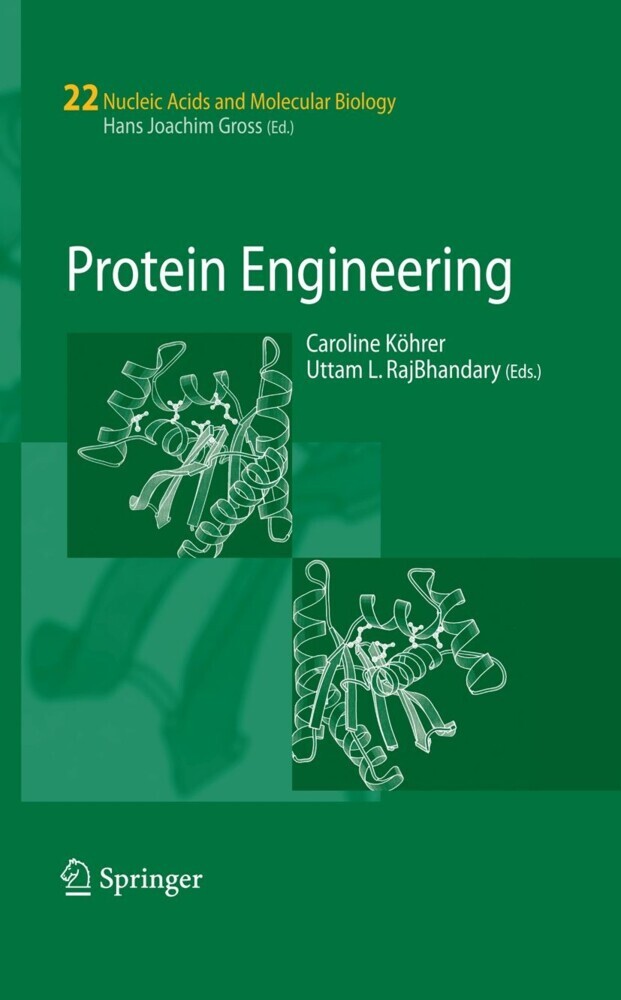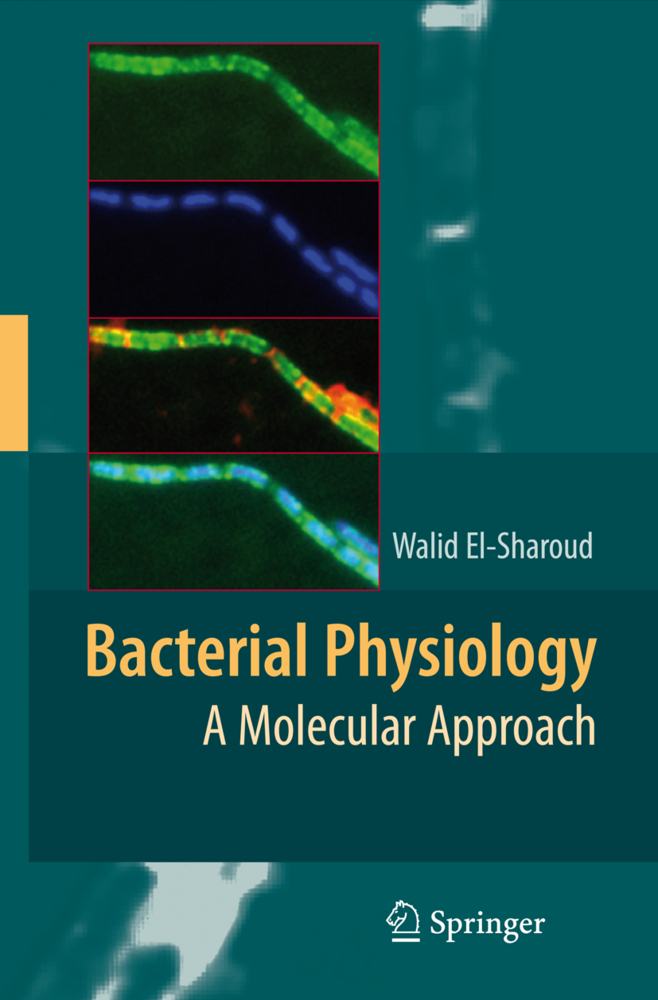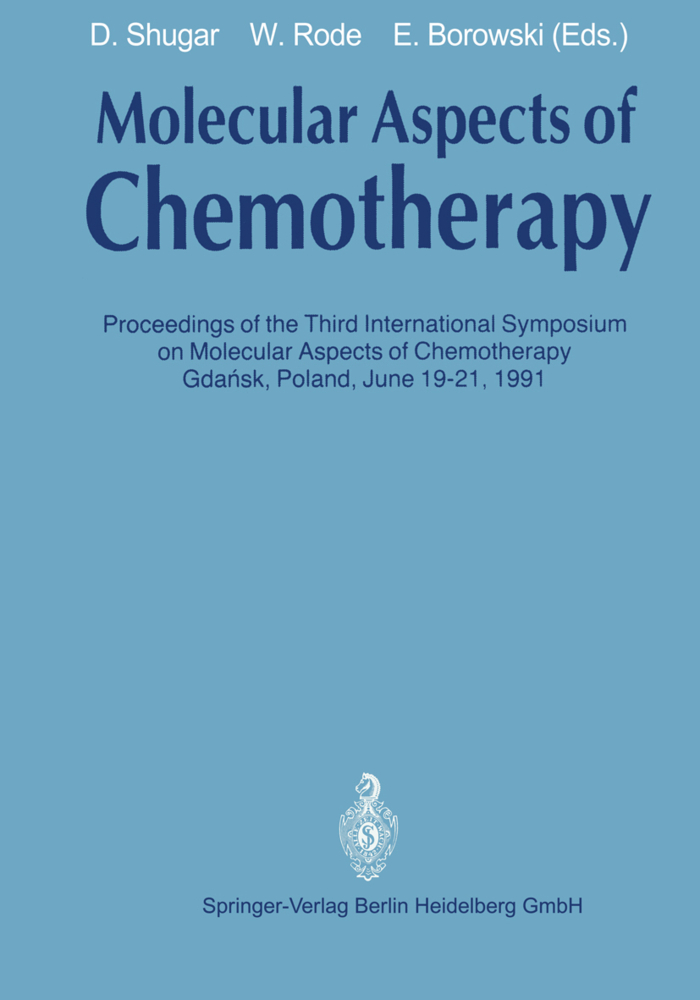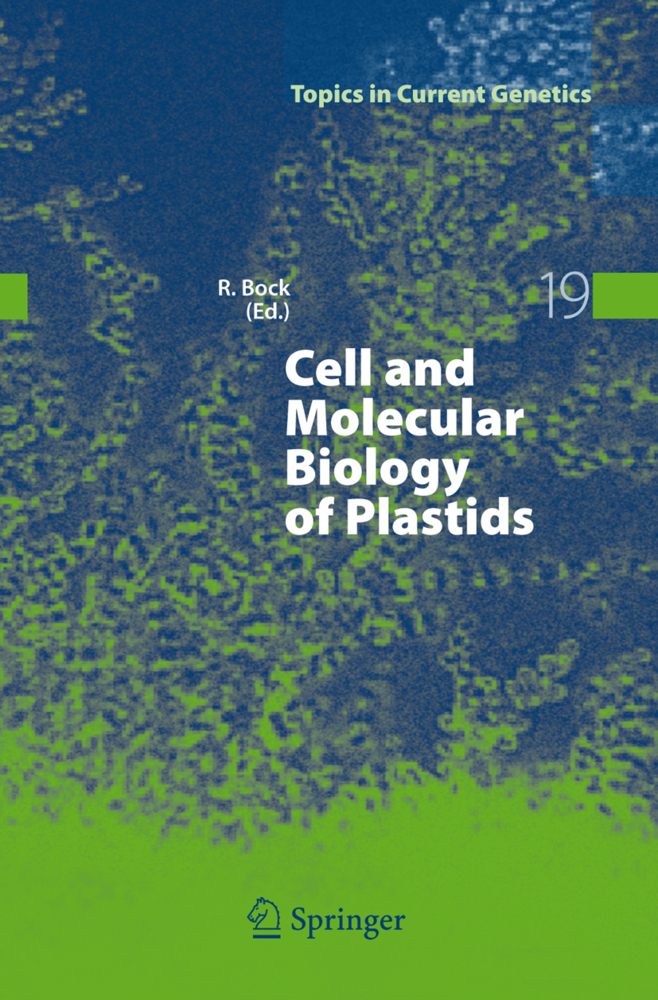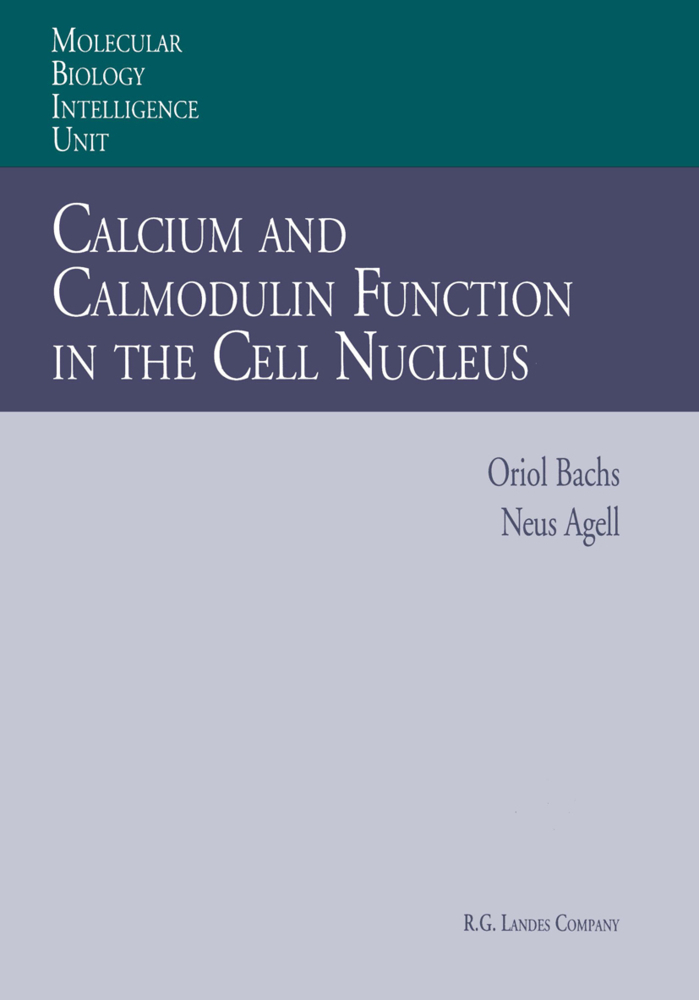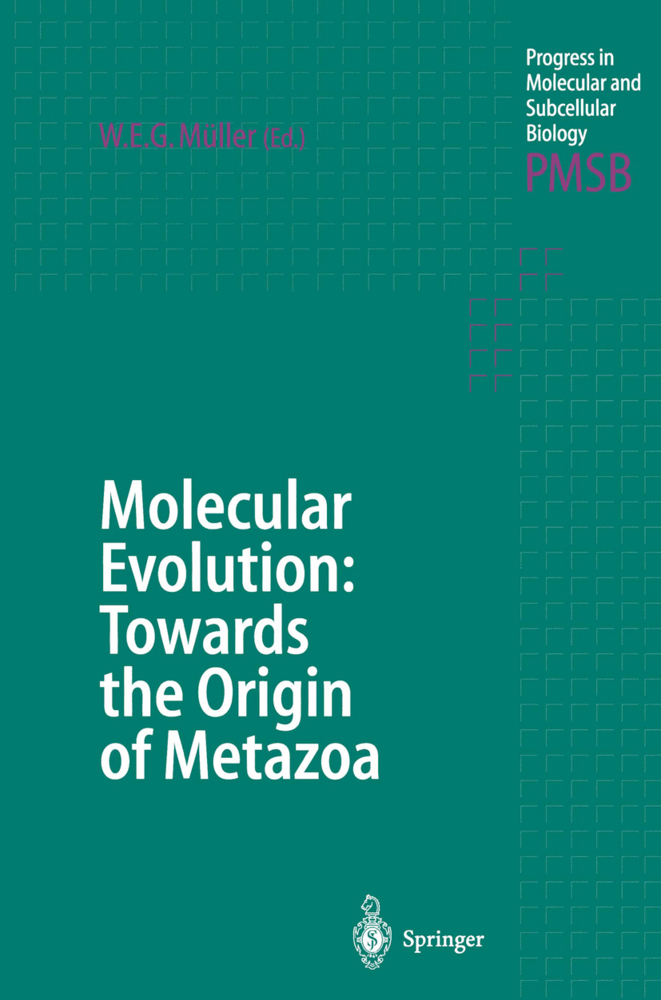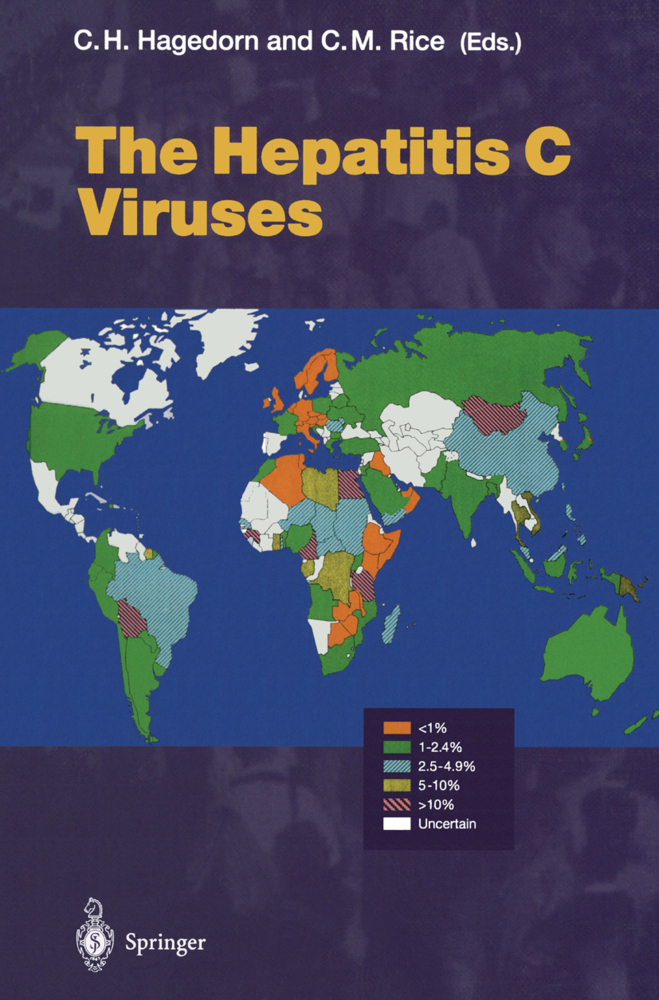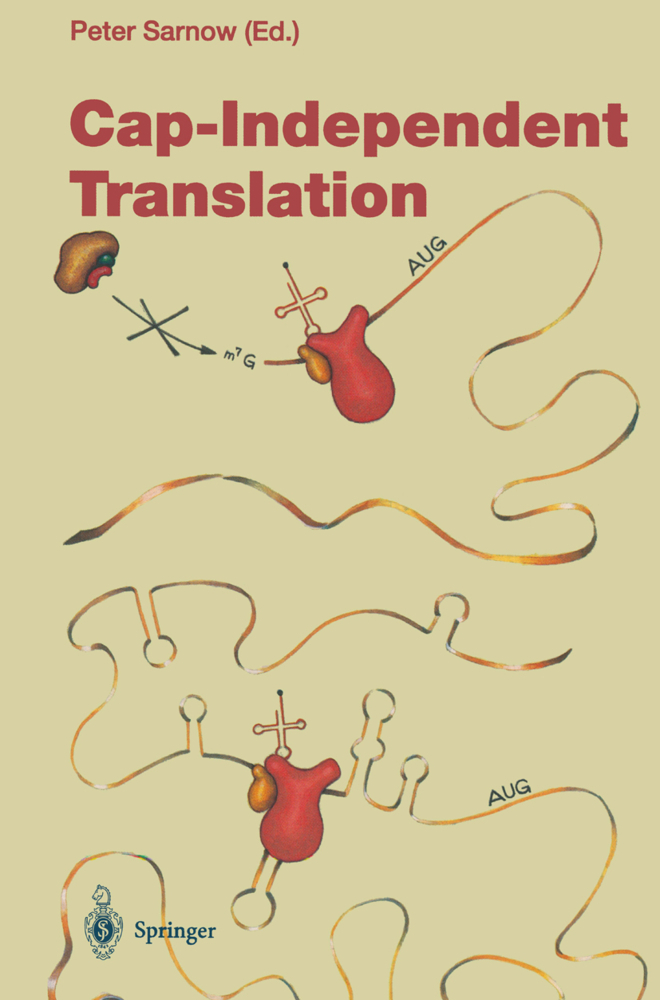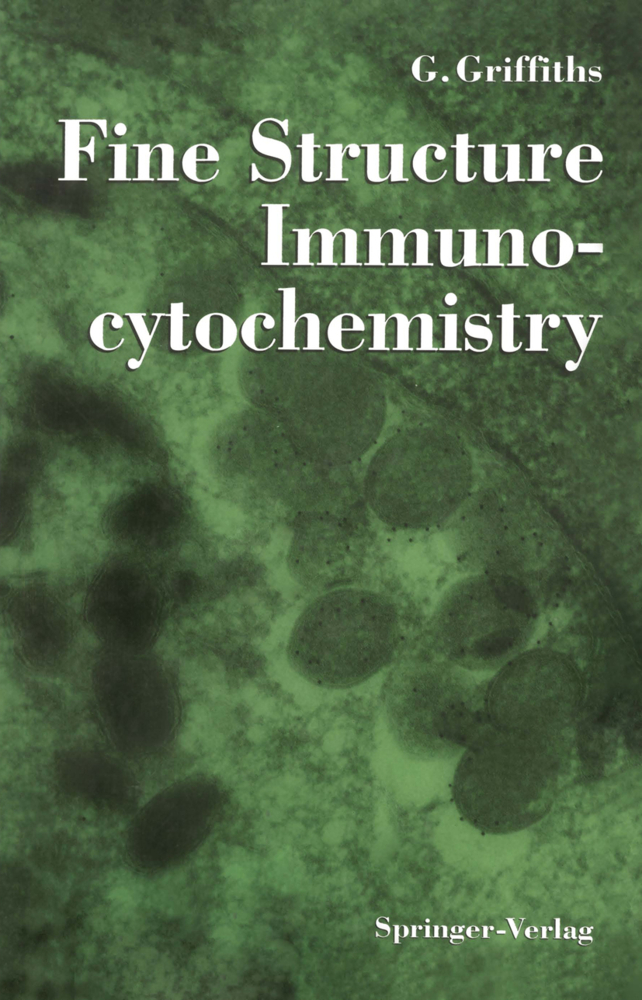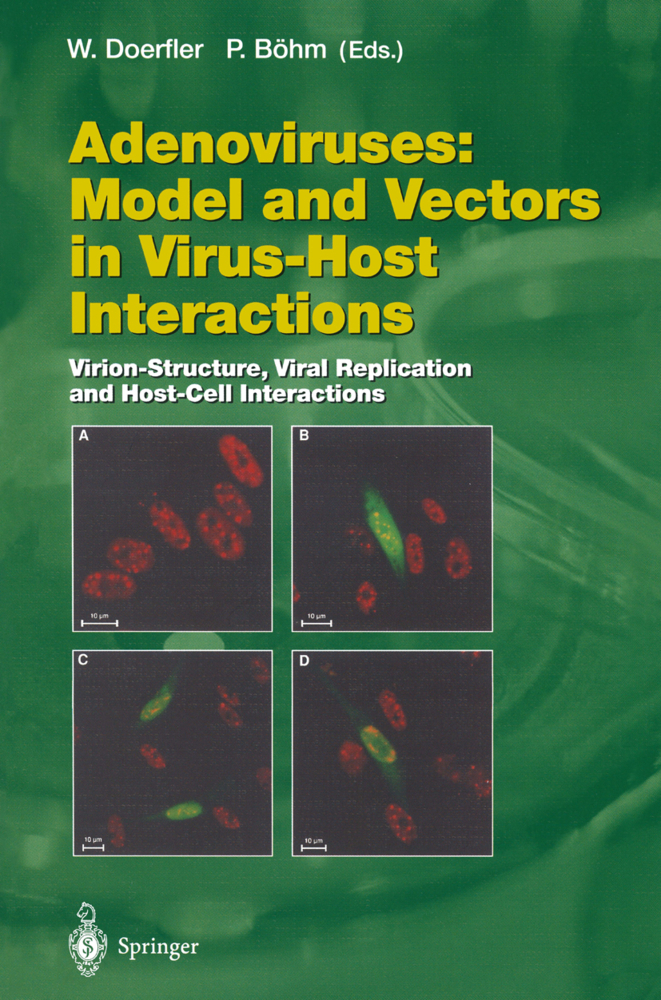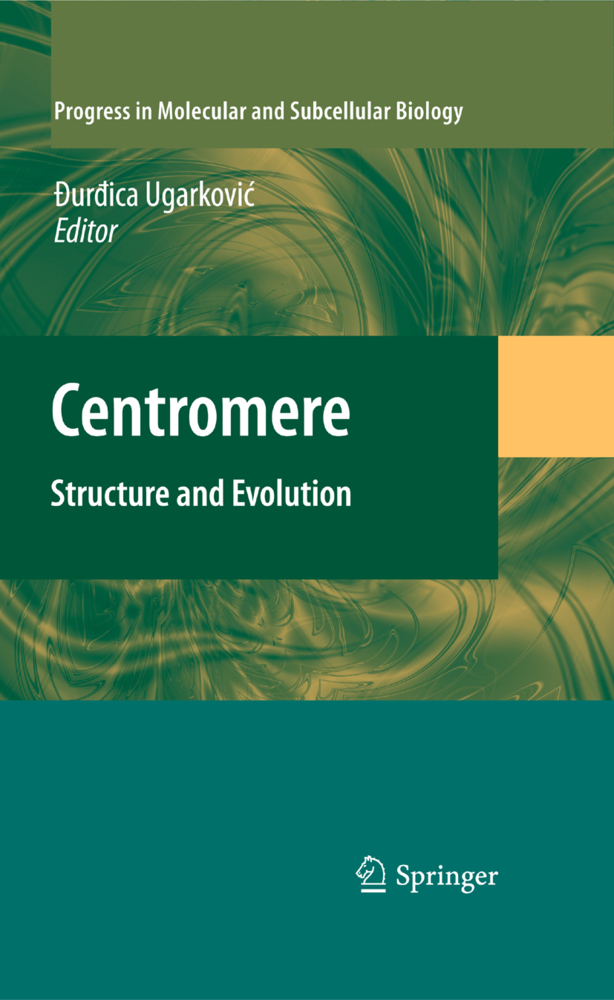Site-specific mutagenesis of DNA, developed some thirty years ago, has proven to be one of the most important advances in biology. By allowing the site-specific replacement of any amino acid in a protein with one of the other nineteen amino acids, it ushered in the new era of 'Protein Engineering'. The field of protein engineering has, however, evolved rapidly since then and the last fifteen years have witnessed remarkable advances through the use of new chemical, biochemical and molecular biological tools towards the synthesis and manipulation of proteins. The chapters included in this book reflect the rapid evolution of protein engineering and its many applications in basic research, biotechnology, material sciences and therapy. This book will provide the reader with an introduction to state-of the-art concepts and methods and will be of use to anyone interested in the study of proteins, in academia as well as in industry.
1;Preface;5 2;Contents;7 3;Contributors;9 4;Understanding Enzyme Mechanism through Protein Chimeragenesis;12 4.1;1 Introduction;13 4.2;2 Chimeragenesis Methods;15 4.3;3 Case Studies;21 4.4;4 Conclusion;33 4.5;References;35 5;Chemical Protein Engineering: Synthetic and Semisynthetic Peptides and Proteins;39 5.1;1 Introduction;40 5.2;2 Synthesis of Peptides and Proteins;40 5.3;3 Chemical Modification of Proteins;54 5.4;4 Enzyme-Mediated Peptide Bond Formation;65 5.5;References;68 6;Native Chemical Ligation: SemiSynthesis of Post- translationally Modified Proteins and Biological Probes;75 6.1;1 Introduction;76 6.2;2 Engineering Design Considerations for NCL;77 6.3;3 Thioester Generation;80 6.4;4 N-Terminal Cysteine Fragments;84 6.5;5 Extensions of NCL;85 6.6;6 Applications;87 6.7;7 Conclusion;102 6.8;References;102 7;Chemical Methods for Mimicking Post- Translational Modifications;107 7.1;1 Introduction;108 7.2;2 Glycosylation;112 7.3;3 PEGylation as a Mimic of Glycosylation;122 7.4;4 Lipidation;125 7.5;5 Phosphorylation;127 7.6;6 Sulfation;127 7.7;7 Conclusion;128 7.8;References;129 8;Noncanonical Amino Acids in Protein Science and Engineering;136 8.1;1 Incorporation of Noncanonical Amino Acids into Engineered Proteins;137 8.2;2 Translational Fidelity: Aminoacyl-tRNA Synthetases;140 8.3;3 Reactive Amino Acids;140 8.4;4 Fluorescent Amino Acids;146 8.5;5 Photosensitive Amino Acids;149 8.6;6 Fluorinated Amino Acids;153 8.7;7 Conclusion;155 8.8;References;155 9;Fidelity Mechanisms of the Aminoacyl- tRNA Synthetases;163 9.1;1 Abstract;163 9.2;2 Aminoacylation and Specificity;164 9.3;3 CP1 Domain Based Editing - IleRS, ValRS, and LeuRS;182 9.4;4 Class II Synthetase Editing Mechanisms;188 9.5;5 Single Site Editing and Cyclization;195 9.6;6 Loss of Editing Function in AARSs;196 9.7;7 Role of AARS Editing In Vivo;197 9.8;8 Orthogonal AARS and tRNAs;198 9.9;9 Adapting AARS Editing Sites for Protein Engineering Applications;200 9.10;References;201 10;Specialized Components of the Translational Machinery for Unnatural Amino Acid Mutagenesis: tRNAs, Aminoacyl- tRNA Synthetases, and Ribosomes;212 10.1;1 Introduction;212 10.2;2 Basic Principles of Unnatural Amino Acid Mutagenesis;213 10.3;3 Engineering the Perfect Host for Unnatural Amino Acid Mutagenesis: Optimization and Fine- Tuning of Unnatural Amino Acid Mutagenesis by Manipulating Individual Components of the Translational Machinery;223 10.4;4 Conclusion;231 10.5;References;232 11;In Vivo Studies of Receptors and Ion Channels with Unnatural Amino Acids;237 11.1;Contents;237 11.2;1 Introduction;238 11.3;2 In Vivo Nonsense Suppression Method for Unnatural Amino Acid Incorporation;239 11.4;3 "Highly Unnatural" Amino Acids;244 11.5;4 Structure-Function Studies;251 11.6;5 Conclusion;255 11.7;References;256 12;Synthesis of Modified Proteins Using Misacylated tRNAs;261 12.1;Contents;261 12.2;1 Introduction;262 12.3;2 Amino Acid Protecting Groups for Misacylated tRNAs;262 12.4;3 Alternative Codons for Incorporation of Unnatural Amino Acids;266 12.5;4 Incorporation of Unnatural Amino Acids Affording Proteins Having Modified Backbones;267 12.6;5 Bisaminoacylated tRNAs as Participants in Protein Synthesis;271 12.7;References;273 13;Cell-Free Synthesis of Proteins with Unnatural Amino Acids. The PURE System and Expansion of the Genetic Code;277 13.1;Contents;277 13.2;1 Introduction;278 13.3;2 Conventional Cell-Free Translation;278 13.4;3 PURE System;281 13.5;4 Expansion of the Genetic Code;285 13.6;5 Conclusion;292 13.7;References;293 14;Engineering Nucleobases and Polymerases for an Expanded Genetic Alphabet;297 14.1;1 Introduction;298 14.2;2 Unnatural DNA Base Pairs;302 14.3;3 Recognition of Unnatural DNA Base Pairs by DNA Polymerases: Alternatives to Kf;311 14.4;4 Conclusion;316 14.5;References;316 15;Understanding Membrane Proteins. How to Design Inhibitors of Transmembrane Protein- Protein Interactions;320 15.1;1 Introduction: The Significance of and Impediments to Designing Transmembrane Prote
Köhrer, Caroline
RajBhandary, Uttam L.
| ISBN | 9783540709411 |
|---|---|
| Artikelnummer | 9783540709411 |
| Medientyp | E-Book - PDF |
| Copyrightjahr | 2009 |
| Verlag | Springer-Verlag |
| Umfang | 347 Seiten |
| Sprache | Englisch |
| Kopierschutz | Digitales Wasserzeichen |

